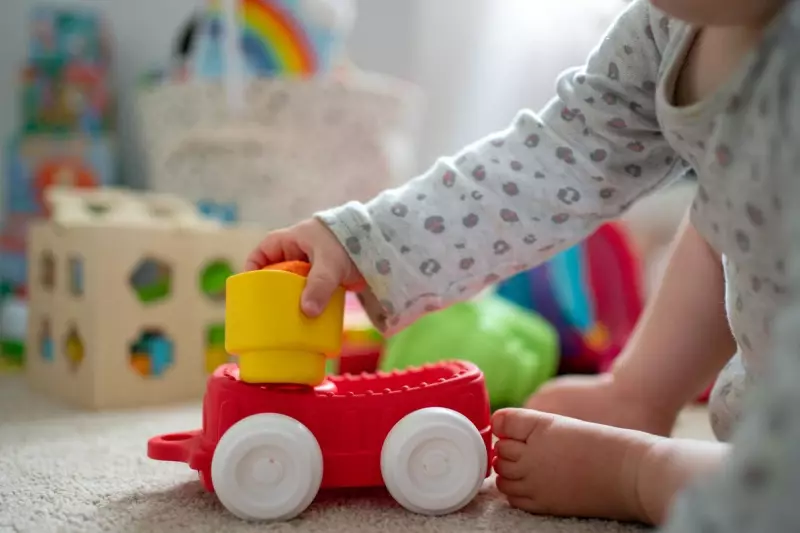
Parents across the UK are being urged to exercise caution after shocking new research uncovered dangerous levels of toxic chemicals in common children's toys. The findings have prompted health experts to issue an urgent warning about potential risks to young children's development and wellbeing.
The Hidden Dangers in Playthings
Scientific analysis of popular toys has detected concerning concentrations of harmful substances, including endocrine-disrupting chemicals that can interfere with hormonal systems. These toxins are particularly worrying for infants and toddlers, who frequently put toys in their mouths during exploratory play.
"We're finding chemicals that have no business being anywhere near children's products," explained Dr Eleanor Vance, a paediatric environmental health specialist. "The cumulative effect of exposure through multiple toys could pose significant health risks during critical developmental stages."
Which Toys Are Most Concerning?
The research identified several categories of toys that consistently showed high levels of problematic chemicals:
- Soft plastic toys and bath toys
- Chew toys and teething products
- Costume jewellery and dress-up accessories
- Art supplies including modelling clay
- Electronic toys with plastic components
Why Children Are Particularly Vulnerable
Young children face greater risks from chemical exposure due to several factors that make them uniquely susceptible:
- Their bodies are still developing crucial biological systems
- Higher metabolic rates mean they process chemicals differently
- Frequent hand-to-mouth behaviour increases ingestion risks
- Their smaller body size means exposure has greater impact
"A chemical level that might be acceptable for adults can be potentially harmful for a small child," Dr Vance emphasised. "We need to apply much stricter standards to products designed specifically for children."
What Parents Can Do Now
While regulatory changes are being advocated, experts recommend immediate precautions parents can take:
- Choose natural materials: Opt for wooden, silicone or certified non-toxic plastic toys
- Research brands: Look for companies with transparent safety policies
- Avoid strong plastic smells: This can indicate off-gassing of chemicals
- Check for safety certifications: Look for CE marks and other safety labels
- Wash new toys: Clean all toys thoroughly before first use
The Call for Stronger Regulations
Consumer safety groups are demanding urgent government action to close regulatory gaps that allow harmful chemicals in children's products. Current legislation often fails to address the cumulative effect of multiple chemical exposures from different toys.
"The system is fundamentally flawed when it comes to protecting our most vulnerable citizens," said Marcus Thorne of the Consumer Safety Alliance. "We need pre-market testing requirements specifically designed for children's products, not the current reactive approach."
As the research continues to reveal the extent of the problem, parents are being encouraged to remain vigilant while pushing for stronger safety standards that properly protect children's health.





